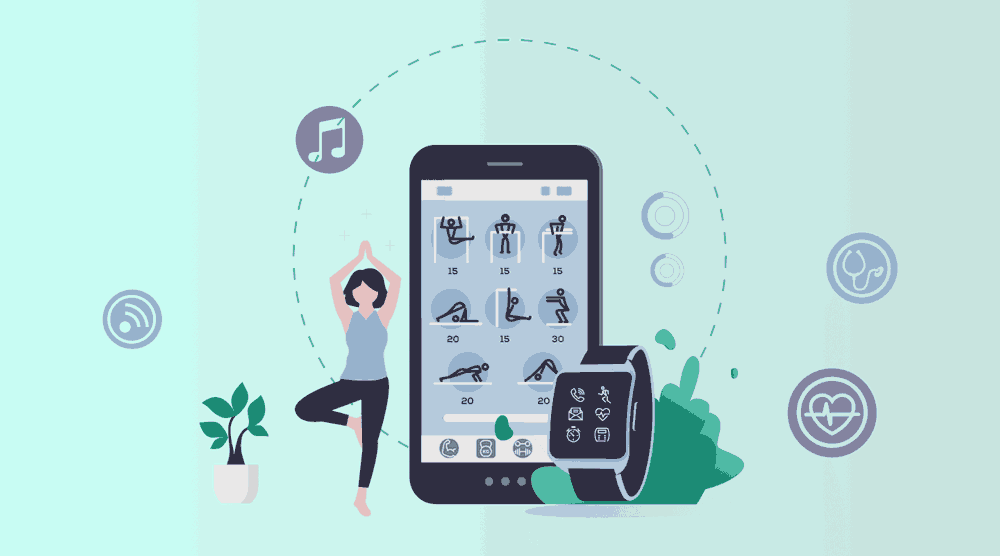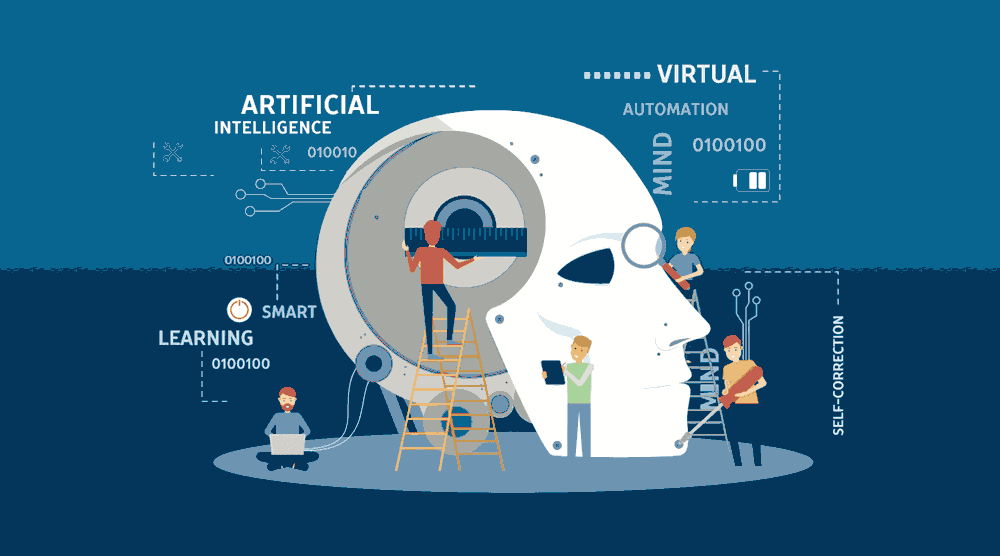The world is facing unprecedented challenges: a global pandemic, economic strain, and healthcare systems under immense pressure. For many, accessing proper medical care feels like a distant dream.
Telemedicine, with its ability to deliver care remotely, is bridging the gap and ensuring access to medical professionals for those who might otherwise struggle.
And telemedicine doesn’t stand alone. Artificial intelligence is rapidly becoming its powerful companion, enhancing diagnostic accuracy, streamlining workflows, and personalizing care plans.
What is Telemedicine?
Hardly did people believe that medical care could be delivered without visiting a doctor nearly one hundred years ago. But thanks to telemedicine, this bold idea has come to reality. You can be diagnosed online without going physically for a medical checkup.
So, what is telemedicine? Let’s mention here the definition provided by The World Health Organization. It’s the process of delivering health care services at a distance by using communication and information technologies to diagnose, assess, and treat patients.
The first technological breakthrough that marked the birth of telemedicine took place in the 1960s. By using television, a teleconference was held between general practitioners and psychiatric professionals at a state mental hospital. This event marked the first efforts of specialists to cooperate remotely and diagnose a patient without a physical medical checkup.
Currently, a wide range of technologies are applied to help healthcare professionals diagnose diseases remotely and provide a decent level of medical care to patients. And Artificial Intelligence is one of them!
Revolutionizing Remote Care: The Benefits of AI in Telemedicine
Telemedicine, the practice of providing healthcare remotely using technology, has transformed access to medical services. However, Artificial Intelligence (AI) is taking telemedicine a step further, unlocking a range of benefits that enhance both the patient and provider experience. Here’s how AI is revolutionizing remote care:
- Enhanced Diagnostic Accuracy: AI algorithms can analyze vast amounts of medical data, including patient records, imaging scans, and even doctor’s notes. This allows them to identify patterns and anomalies that may elude human experts, potentially leading to earlier and more accurate diagnoses.
- Improved Care Management & Chronic Disease Monitoring: Chronic conditions require ongoing monitoring and management. AI-powered chatbots can provide patients with reminders to take medications, track vital signs, and even offer basic health advice. This empowers patients to play a more active role in their health while allowing healthcare providers to remotely monitor their well-being.
- Personalized Treatment Plans: AI in telemedicine can analyze a patient’s medical history, genetic data, and current symptoms to generate personalized treatment plans. This data-driven approach can lead to more targeted and effective treatments, improving patient outcomes.
- Increased Accessibility and Convenience: AI can bridge geographical and time zone barriers. Patients in remote areas can access specialist consultations remotely, while busy individuals can schedule appointments after work or on weekends. This increased accessibility ensures timely care for everyone, regardless of location.
- Reduced Costs: Telemedicine appointments are generally less expensive than in-person visits. AI can further reduce costs by automating administrative tasks, streamlining workflows, and potentially leading to earlier diagnoses and reduced hospital readmission rates.
- Improved Efficiency for Healthcare Professionals: AI in telemedicine can automate tasks like appointment scheduling, prescription refills, and data entry, freeing up valuable time for healthcare professionals to focus on complex patient interactions.
- Streamlined Triage and Intake: AI-powered virtual assistants can handle initial patient inquiries, symptom screening, and appointment scheduling. This reduces the burden on medical staff and ensures patients are directed to the most appropriate healthcare provider.
- Enhanced Patient Education and Support: AI chatbots can provide patients with 24/7 access to educational resources and answer basic medical questions. This empowers patients to take charge of their health and make informed decisions.
The benefits of AI in telemedicine are vast and far-reaching. As AI technology continues to evolve, we can expect even more innovative applications that will reshape the future of remote healthcare delivery.
How is AI Used in Telemedicine?
Artificial Intelligence and telemedicine go hand in hand today. The application of this technology to the healthcare system has various benefits like cost reduction, fast processing of patient records, and much more.
There are three main types of telemedicine where artificial intelligence is widely used. Patient monitoring, healthcare information technology, and telediagnosis are among them. So, let’s look at each of them in detail.
Patient monitoring
Remote patient monitoring (RPM) or telemonitoring is a method of healthcare delivery that gathers patient’s data outside hospitals and medical centers and uses it to keep track of an individual’s health condition and well-being. This technology not only enables healthcare professionals to diagnose ailments remotely but also creates a bridge of transparent communication between doctors and patients.
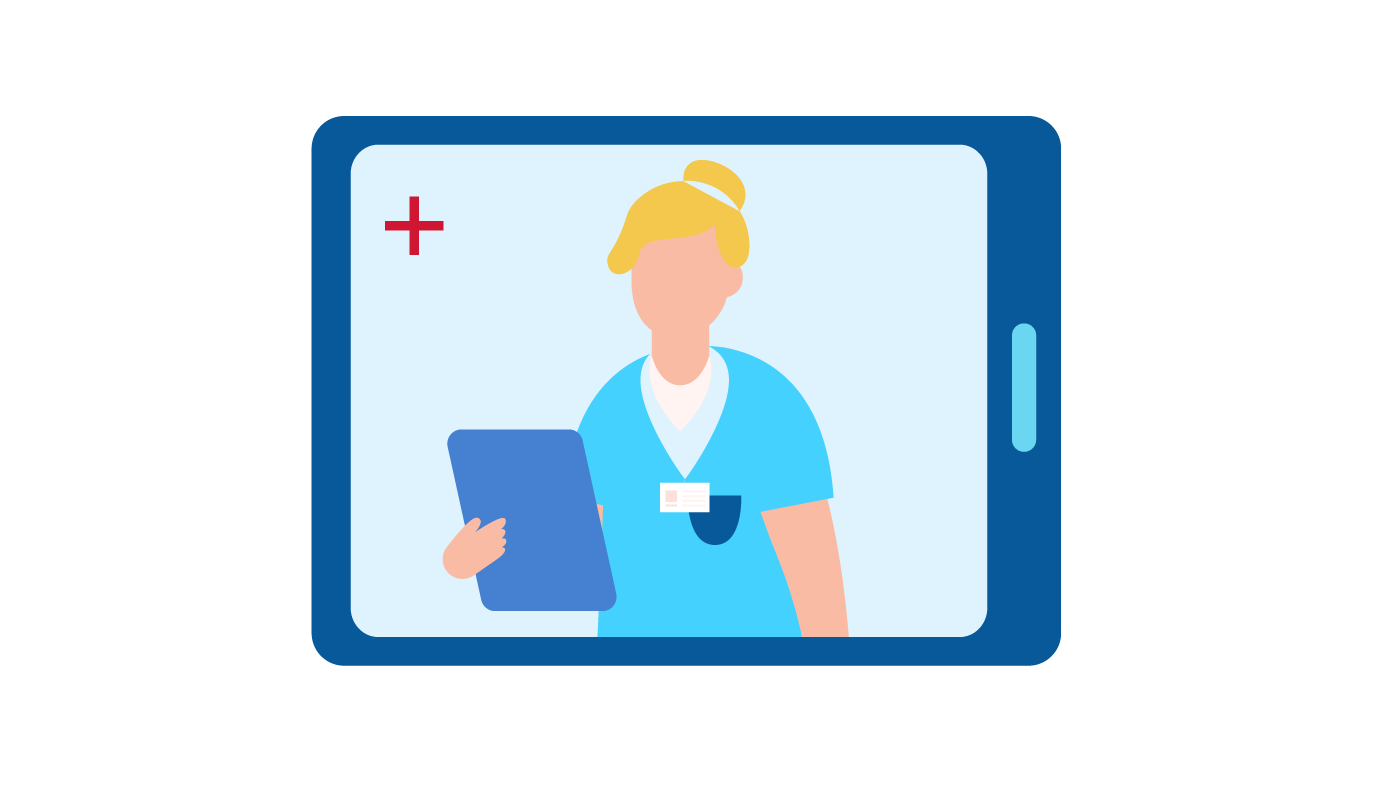
We need more patient monitoring tools now than ever before since the novel coronavirus spreads at lightning speed. Here are some examples of them:
- Current Health is an AI-based wearable that provides real-time insights into a patient’s health on the armband. It shows heart and respiration rates, oxygen saturation, body temperature, etc.
- Orion Health, a global healthcare organization, launched a monitoring platform for healthcare providers. This patient monitoring tool helps doctors keep an eye on patients’ health conditions while they are staying at home.
- Some Thai hospitals have “ninja robots” that can take temperature from patients with COVID-19. This monitoring tool is implemented to mitigate the risk of infection among doctors.
Health Information Technology
Health information technology (HIT) provides the ability to manage and store electronic data in healthcare systems. This area includes e-prescriptions and electronic health records, helping patients meet their goals like coping with diabetes or flue.
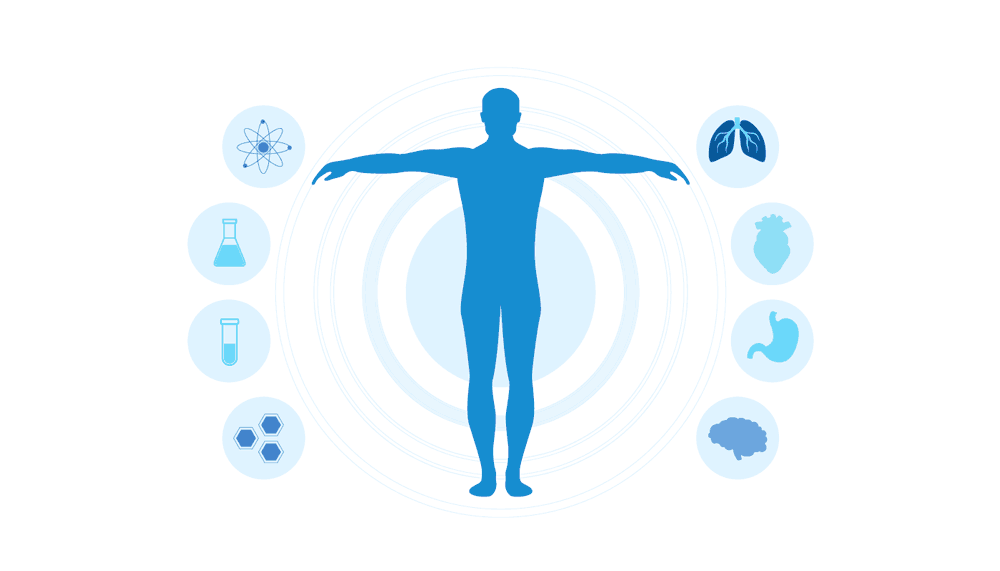
HIT would be hard to imagine and implement without artificial intelligence. AI algorithms are used to retrieve and systemize medical data in hospitals. And this technology has much more to offer to the healthcare sector. Have a look at how AI is implemented in health information system:
- Natural language processing helps doctors categorize patient records, healthcare policies, etc.
- Neural networks are applied to store medical data and protect it against frauds.
Tele-diagnosis of Clinical Conditions
Tele-diagnosis is a clinical method of diagnosing patients remotely. There are some studies that prove the effectiveness of this approach in early diagnosis of cancer.
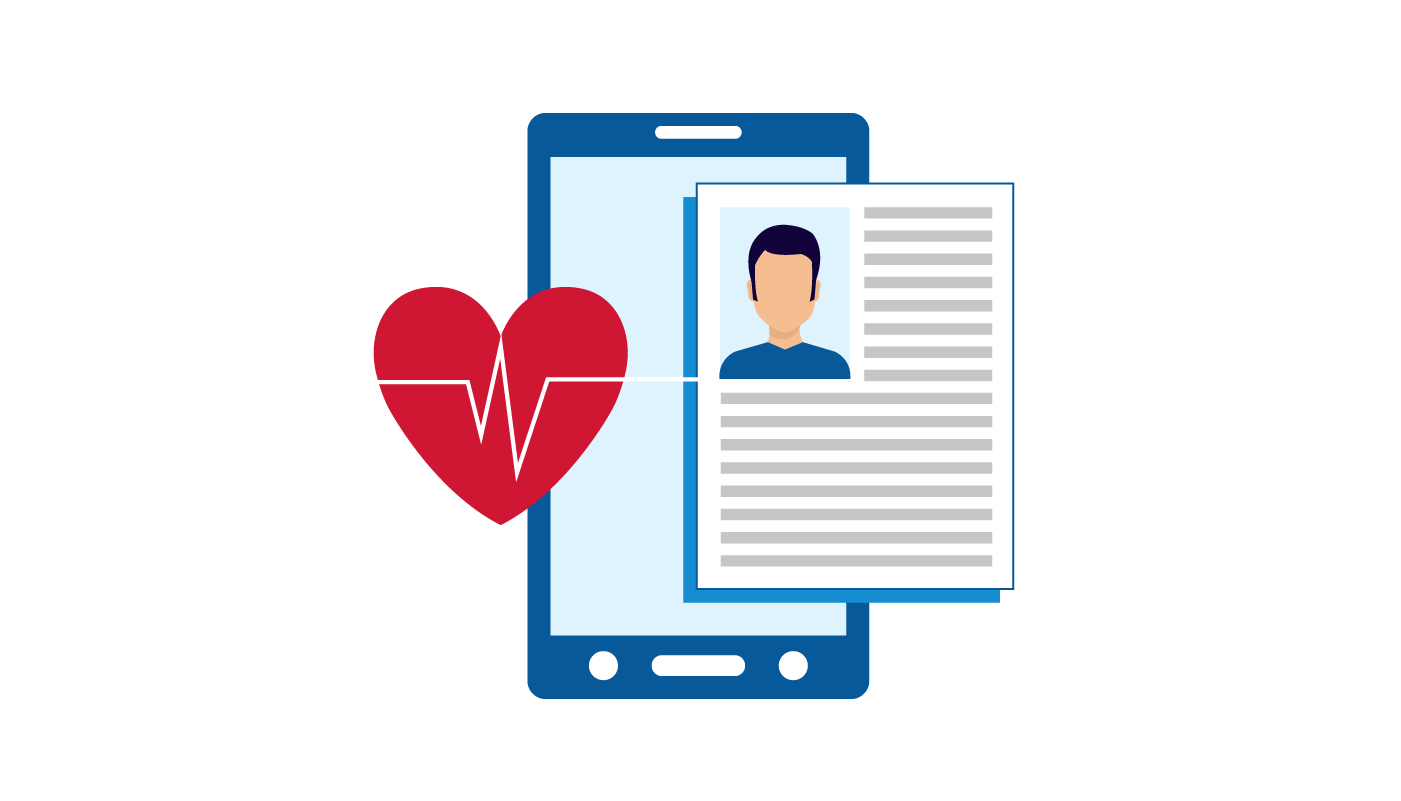
But how does artificial intelligence come in hand here? AI plays a highly important role in spotting the risk of cancer at an early stage when it is curable. Tele-dermatology is another area where artificial intelligence is widely used. For example, convolutional neural networks were applied to detect the possible exposure to melanoma — a severe form of skin cancer.
New Models of Medical Care with AI
The unexpected spread of the unknown viruses like COVID-19 invokes healthcare professionals to find new safer ways of curing people. And artificial intelligence doesn’t stay away from that! So, let’s discover what new models of health care this technology offers to us.
Virtual Assistants
Natural language processing is rapidly progressing on the market, bringing new ways of treating patients remotely. There are various virtual online assistants or chatbots on the global market. OneRemission, Babylon Health, Florence, and many other AI-based products swing into action to provide medical assistance online.
Remote Patient Management
Remote patient management is one of the prominent examples of telemedicine technology. The undertaken quarantine measures in many countries changed a usual way of visiting a doctor. This way, remote diagnosis and storage of patient records penetrate into our lives with more efficient health monitoring measures.
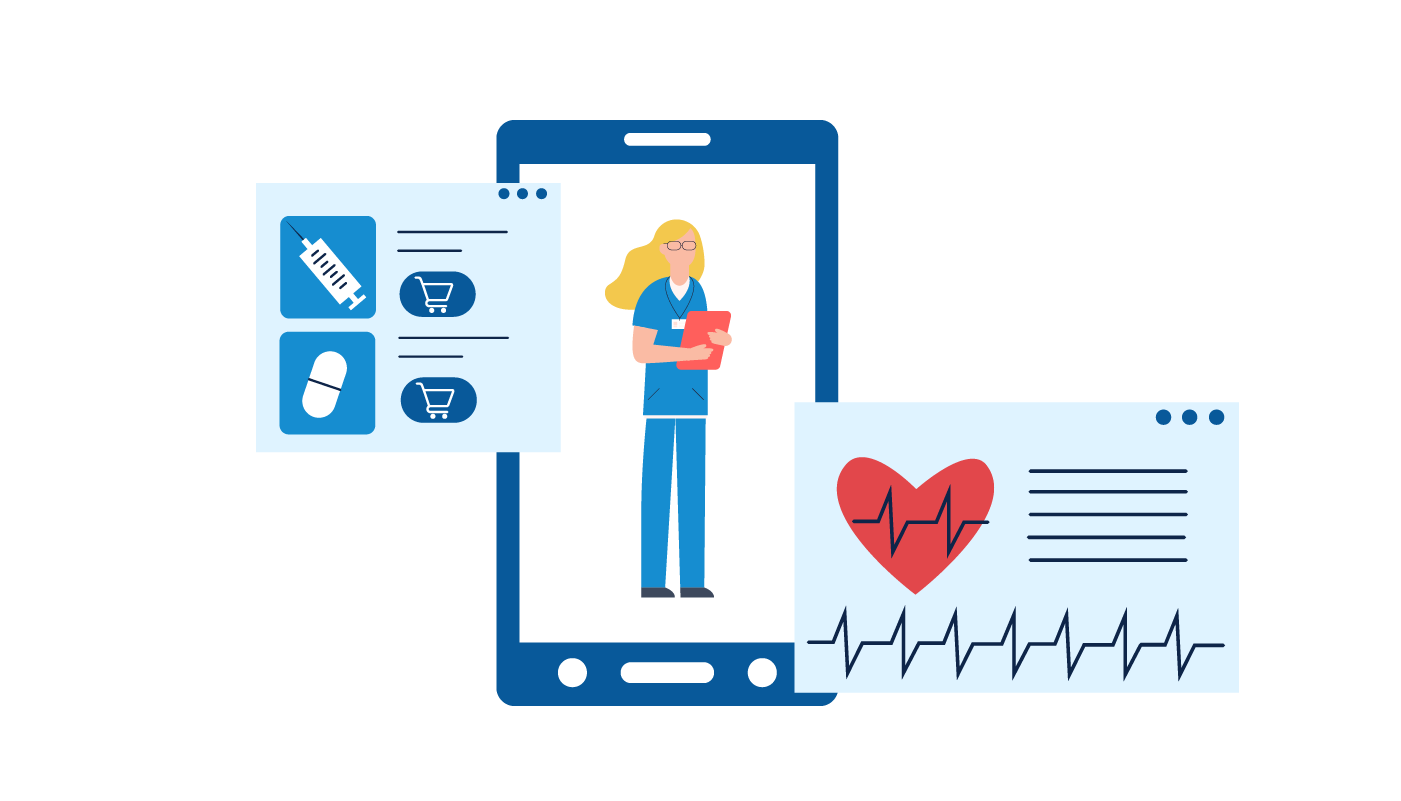
Telemedicine and Coronavirus Outbreak
The blanket of the fearful unknown covered healthcare systems due to the novel coronavirus outbreak. And nobody knows how long the coronavirus pandemic will last and what measures should be taken to prevent the COVID-19 rapid spread in the world.
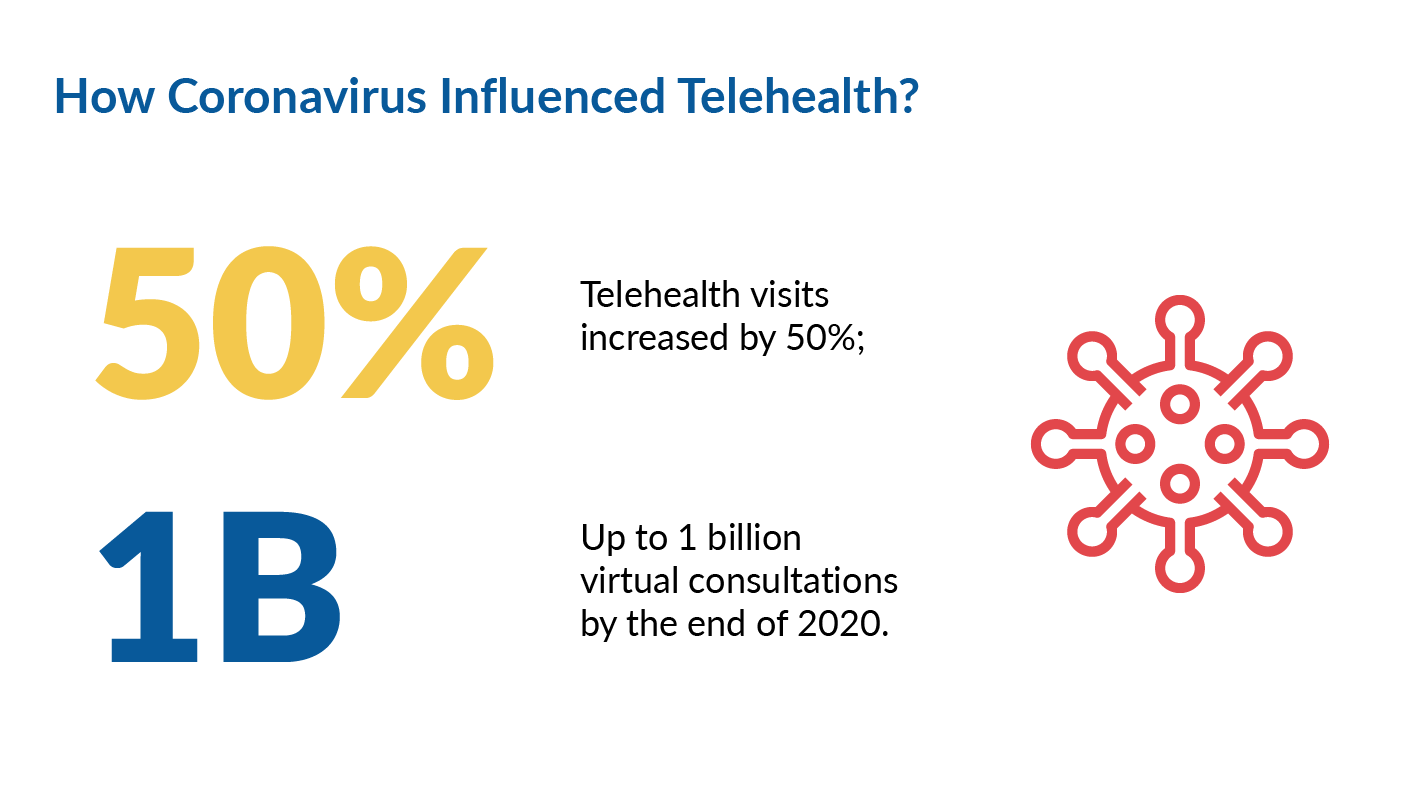
This way, telemedicine rises from the ashes like a phoenix to be at hand in this trying time. And the tech sector is doing great so far! By inventing new solutions, there is a silver lining in this dark tunnel.
Here are some interesting software products that are currently getting hype in telemedicine:
- AccuRx has become the flagship of video communication between general practitioners and patients in the UK.
- Mobile Telemed is a virtual urgent care system used in patients’ homes, nursing houses, schools across New York state, US.
- eVisit is a telemedicine platform that enables doctors to provide virtual screenings for COVID-19 and cure non-emergent patients.
- Vivify Health is a patient monitoring tool that helps doctors track patients’ health criteria values like heart rate, breathing patterns, body temperature, and so on.
Implementing AI for a Revolutionized Telemedicine Experience
The potential of AI in telemedicine is undeniable, but translating those benefits into reality requires a strategic approach. Here’s a breakdown of key steps to consider when implementing AI in your telemedicine platform:
Define Your Goals and Needs: Before diving in, take a step back to define your goals for AI integration. Is your focus on:
- Enhanced Diagnostics: Improving diagnostic accuracy through AI-powered analysis of medical images, patient records, and clinical data.
- Streamlined Care Management: Utilizing AI chatbots to manage chronic conditions by providing medication reminders, symptom tracking, and basic health information.
- Personalized Treatment Plans: Leveraging AI in telemedicine to analyze patient data and generate individualized treatment plans based on medical history, genetic information, and current symptoms.
- Increased Accessibility: Implementing AI-powered virtual assistants to handle patient triage, symptom screening, and appointment scheduling, making telemedicine more accessible.
Identifying these specific goals will guide your AI implementation strategy and ensure it addresses your most pressing needs.
Secure and Manage Your Data: AI thrives on data, but in healthcare, data privacy is paramount. Ensure you have a secure and compliant data management system in place. This could involve:
- Partnering with Healthcare Institutions: Collaborate with hospitals or clinics that have access to relevant medical data for AI training, adhering to strict data-sharing agreements.
- Anonymizing Existing Patient Data: Leverage data anonymization techniques to protect patient privacy while extracting valuable information for AI model development. Remember to comply with data privacy regulations like HIPAA (US).
Choose the Right AI Technology: Different applications require different tools. Research and select the most suitable AI technology for your desired outcome:
- Image Recognition: Analyze medical scans (X-rays, MRIs) for disease detection or abnormality identification.
- Natural Language Processing (NLP): Develop AI-powered chatbots that understand patient inquiries, offer basic health information, and schedule appointments.
- Machine Learning: Train AI models to analyze vast datasets and identify patterns in patient data for personalized medicine and disease prediction.
Build the Infrastructure: AI applications can be computationally demanding. Evaluate your existing IT infrastructure and consider:
- Upgrading in-house servers: Ensure your current system has the processing power to handle AI workloads.
- Cloud-based solutions: Leverage scalable and cost-effective cloud computing resources to support your AI implementation.
Seamless Integration and Testing: After selecting the AI technology, seamlessly integrate it into your telemedicine platform. This may involve:
- Developing APIs: These Application Programming Interfaces facilitate communication between your existing platform and the AI model, ensuring smooth data exchange.
- Rigorous Testing: Conduct thorough testing to ensure the AI system functions accurately, securely, and user-friendly. Validate its performance with real-world data to identify potential flaws.
User Training and Adoption: The most sophisticated AI is useless if users aren’t comfortable with it. Develop training programs for:
- Healthcare Providers: Educate doctors and nurses on how to utilize the AI system for improved diagnostics, treatment planning, and patient communication.
- Patients: Provide patients with clear instructions on interacting with AI-powered features like chatbots or virtual assistants, fostering trust and maximizing benefits.
Continuous Improvement: AI models constantly evolve. Monitor system performance, gather feedback from users, and identify areas for improvement. Be prepared to refine your AI model through ongoing data analysis and retraining to maintain optimal effectiveness.
You can successfully integrate AI into your telemedicine platform by following these steps and prioritizing data security, user adoption, and continuous improvement.
Wrapping Up
Now you know what telemedicine and artificial intelligence hold for you in the time of the coronavirus outbreak. You can make an appointment and be diagnosed by a doctor online without leaving your house or even your coach. There is no need to go to a medical center and visit your general practitioner by yourself. Telemedicine can significantly reduce the risk of infection, offload healthcare professionals in the time of crisis and assist patients with health monitoring.
Contact LITSLINK, an app development agency, to discover how we apply AI to boost telemedicine and make products that save the lives of patients around the world.

